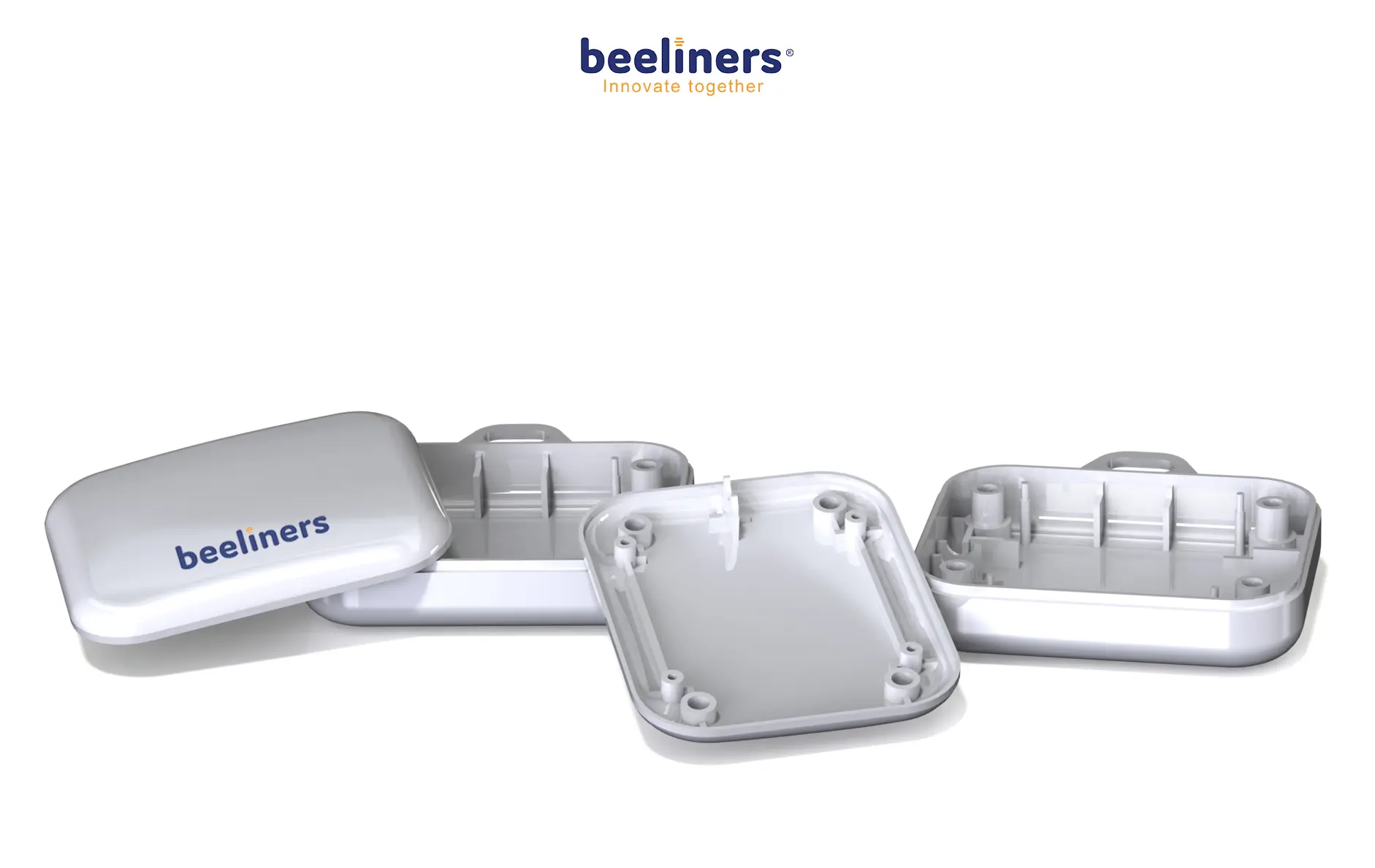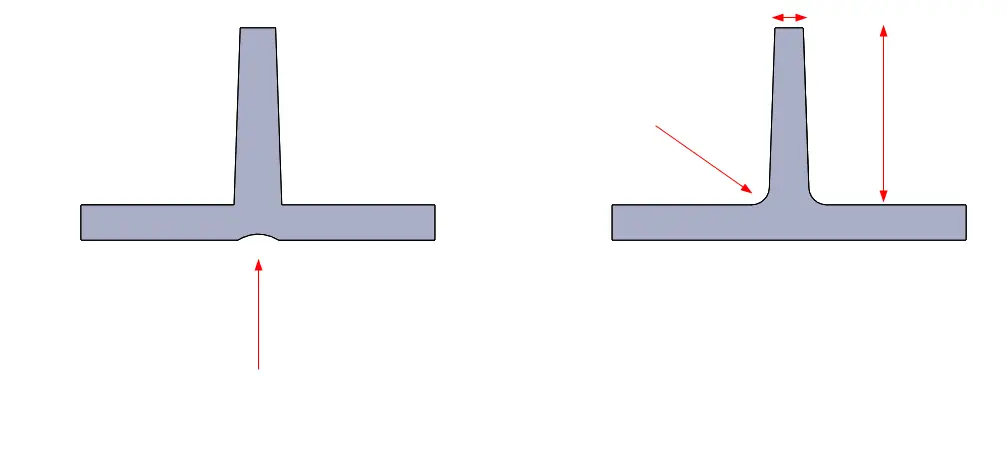If you take a good look around you, you will see a lot of plastic products. Many of these products are made by injection molding. In fact, injection molding is one of the most widely used design techniques for plastic parts.
When you design plastic injection molded products, as a designer you have much more freedom in design. Compared to other manufacturing processes, plastic injection molding is a faster production process.
In this blog article, we take a closer look at plastic injection molding. We explain to you what it is and how the process works. We do this by means of the following paragraphs:
- Plastic production techniques
- How does the injection molding process work?
- Taking into account the process
- Plastic injection molding together with Beeliners
Also interested in turning your idea into reality? We are happy to assist you. Feel free to drink a cup of coffee with us to discuss the possibilities.
Plastic production techniques
You can process plastics in various ways. For example:
- Rotational moulding
- Laser cutting
- Turning
- Milling
- Injection molding
Machining plastic semi-finished products by turning and milling them is a completely different technique than plastic injection molding. Here you often have to deal with small print runs and, as a designer, you have a fairly limited freedom of form compared to plastic injection molding. There is also a relatively high material loss. In plastic injection molding, you are talking about large numbers in a relatively short period of time; mass production.

How does the injection molding process work?
In injection molding, plastic pellets, more commonly known as granules, are put into a hopper after which it is pressed into a mold/ die via a heated screw at high pressure. Inside a mold are cooling channels, slides and ejection pins (to push a product out of the mold).
Because there are many different plastics, all with their specific properties, each type of plastic has its own effect in injection molding. To get your plastic product out of the mold, you must always apply “unloading” to your design, otherwise you will never get your product out of the mold.
When you are going to injection mold a plastic product you also talk about cycle times. This is determined by the time the mold needs to cool. If you have a fairly thick wall thickness, you can understand that you need more time to cool, than if you have a thin wall thickness.
If your product is cooled too quickly it can cause your product to shrink dramatically, resulting in your plastic product to deform. Well you can solve this problem with cooling, but a long cycle time will affect your cost. And sometimes it can help to add a rib. As you can read, there are many things that a designer must take into account when using this production technique.
Taking into account the process
If, during your engineering phase, how you want to produce the product and what all that entails are already taken into account, you’ll be up against a production-ready product pretty soon. The game you play together with the injection molder ensures that you have to be able to communicate well but also ensure your design.

In the picture above you can see that if the design gives a constant wall thickness (picture right), the plastic is easier to inject into the mold. If you keep it perpendicular as shown on the left, the plastic will not flow well around the corner and you will start to get a distortion in the corner.
and other common design error are “sink marks” when you place a rib to stiffen your surface, for example, but do not give it a radius, “sink marks” can occur. (See image below on the left). With proper wall thickness and height of the rib and rounding you can prevent “sink marks”.

Thus, there are a host of things to consider when designing a plastic product.
Plastic injections molding together with Beeliners
Within Beeliners, we help companies innovate. In doing so, we support them by building tangible prototypes quickly. Binnen dit soort ontwikkeltrajecten, waar je met verschillende disciplines samen werkt, moeten veranderingen snel worden doorgevoerd en in praktijk worden getest.
The development team works a lot in concert. The processes are closely linked. The team is the link from the prototype to bringing a product to production readiness. Often changes in the development process cause a component to need to be changed, thus requiring more space within an enclosure. In addition, hardware-related issues may change, requiring you to adjust your design.
This process is constantly evolving and also causes you to have to monitor your design for sometimes major changes. Changes that are not major for a hardware engineer can result in a drastic change for me. You can think of changes in the design or that an essential support rib has to be adjusted. I find it an art to reach a compromise together and to continuously challenge each other. This way we achieve a result that makes us all happy.
Within the development process is an important step; freezing the design! When you have frozen a product, it is a fixed point to which you can refer within the development process. Because you can continue to fine tune and engineer your product. But then there will never be a product on the market.
Need support in the area of innovation and renewal?
As described, there is a lot involved in getting a prototype to a production-ready product. Een traject waarbij veel disciplines betrokken zijn en belangrijke afwegingen genomen moeten worden. Heb jij behoefte aan innovatie, ontwikkeltrajecten of ondersteuning bij het productiegereed maken van een concept, dan komen we graag met jou in contact. Please contact us for an introductory meeting.

